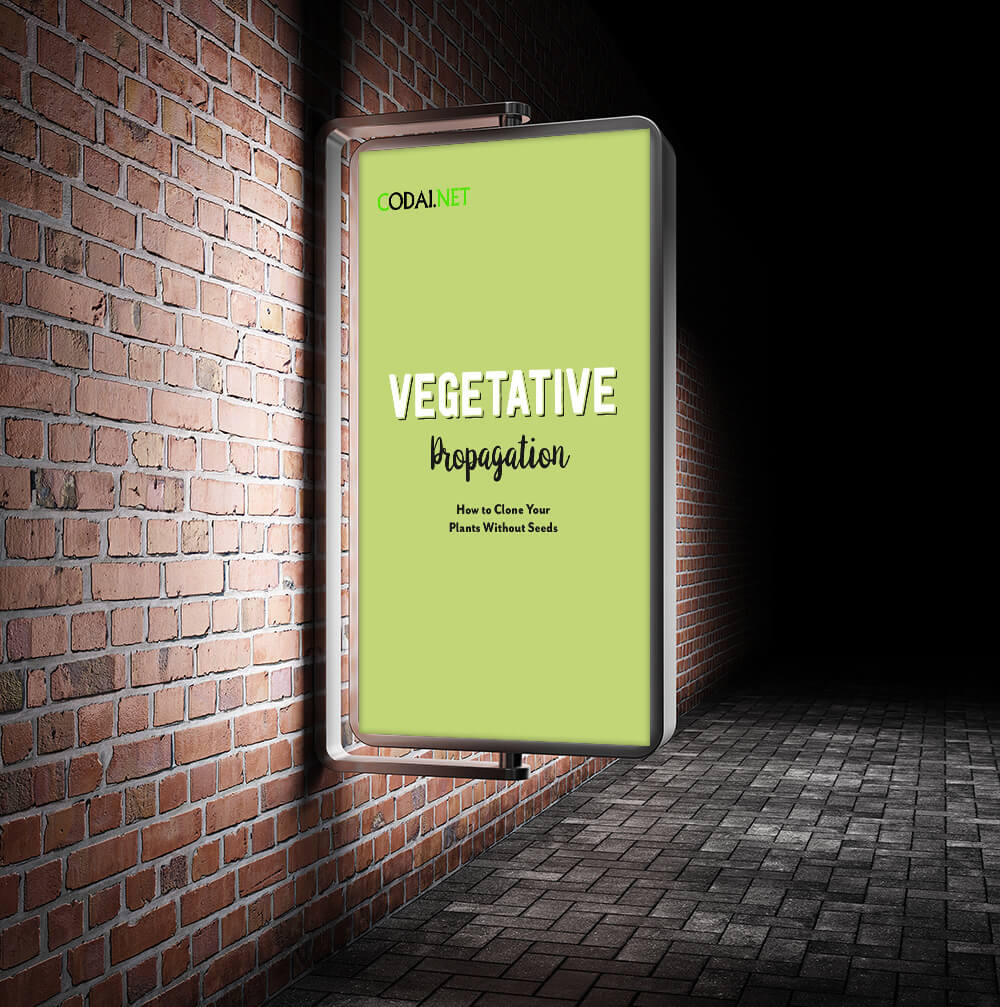Ebook Việt Hoá] Plant parenting: Easy ways to make more houseplants vegetables and flowers - LESLIE F. HALLECK
[Ebook Việt Hoá] Plant parenting – LESLIE F. HALLECK (Nhân giống cây) – PSEUDOBULBS AND BULBILS (Nhân giống bằng Bọng Giả và Hành Con)
- Nguồn: [Ebook Việt Hoá] Plant parenting: Easy ways to make more houseplants, vegetables, and flowers – LESLIE F. HALLECK (Nhân giống cây: Những cách dễ nhất để nhân giống cây cảnh trong nhà, rau và hoa)
- Biên tập: Dũng Cá Xinh (Tháng 08/20201)
- Dịch: Huyền Nguyễn
English
Many popular orchids aren’t propagated from seed or cuttings, but rather from pseudobulbs. A pseudobulb is a pod-like structure that grows right below a leaf—usually along a horizontal growing stem that may be under growing media. You’ll find pseudobulbs on sympodial-type orchids. The small pod contains nutrients and water, just like an underground bulb, acting as a resource backup for the main plant when it’s under stress—but each pseudobulb has the potential to become a new plant. When the main plant taps into the pseudobulb for resources, it will lose its leaves and begin to shrivel up. Popular orchids that generate pseudobulbs include cattleya, cymbidium, oncidium, dendrobium, and epidendrum.
You can cut pseudobulbs from a mother plant with a section of stem attached, dip in rooting hormone, and pot up—similar to how other offsets are removed and potted. It is best to take pseudobulb cuttings in spring, when plants are most actively growing.
Bulbils, also called aerial bulbs, are another type of clone plantlet that develops on certain types of plants. They look like tiny bulbs and grow at the base of a stem, in the leaf axil of a plant, and atop flowering stalks—always above ground. These tiny structures can develop into an entirely new clone of the mother plant. It’s like planting a seed that’s a cutting! Bulbils are very easy to propagate once they’ve matured.
Bulbils are common in the onion and lily plant families. Garlic plants produce bulbils on flowering stalks, as do Egyptian walking onions. A few species of lilies produce bulbils along their stems, usually dark purple in color. Some agave species (which are in the lily family) also produce flower stalks that can be covered with many bulbils. To propagate a bulbil, simply bury it in rooting media just like you would a seed or bulb.
As long as a bulbil stays attached to the mother plant, it will continue to develop and grow larger. Eventually, most bulbils weigh down the stem or flower stalk and come in contact with the soil where they will root, or they detach and fall from the plant, rooting where they hit the soil. At this stage of growth, bulbils are commonly referred to as offsets.
FOLIAR EMBRYOS
Leaves of some plants, such as those in the succulent genera Bryophyllum (commonly known as mother of thousands) and Kalanchoe, will develop small plant- lets attached along leaf margins (the edge of the leaf blade). Hen and chick ferns also produce tiny plantlets along their leaves. These small plantlets form from foliar embryos that are located at the edge of the leaf. Sometimes foliar embryos are also called bulbils.
As the leaf grows, so does the foliar embryo, until it develops one or two leaves with a stem and a tiny root. Then it stops growing and waits. These tiny plantlets won’t develop any further until they come in contact with soil or water, either from the main leaf falling from the plant to the soil or the small plantlet breaking off and dropping.
Once in contact with some form of soil or water, the tiny plantlet begins to grow new root tissue and will then grow into a new plant. You can either detach an entire mother leaf and place it on some potting mix, or gently remove the tiny plantlets individually and set them on some moist growing media or potting mix. They will quickly root and begin growing.
Other plants, such as the piggyback plant (Tolmiea menziesii), generate new plantlets on top of the leaf surface. These leaves with attached plantlets can be cut from the new plant and placed in rooting media with the petiole buried.
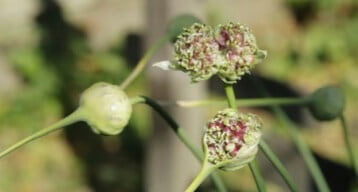
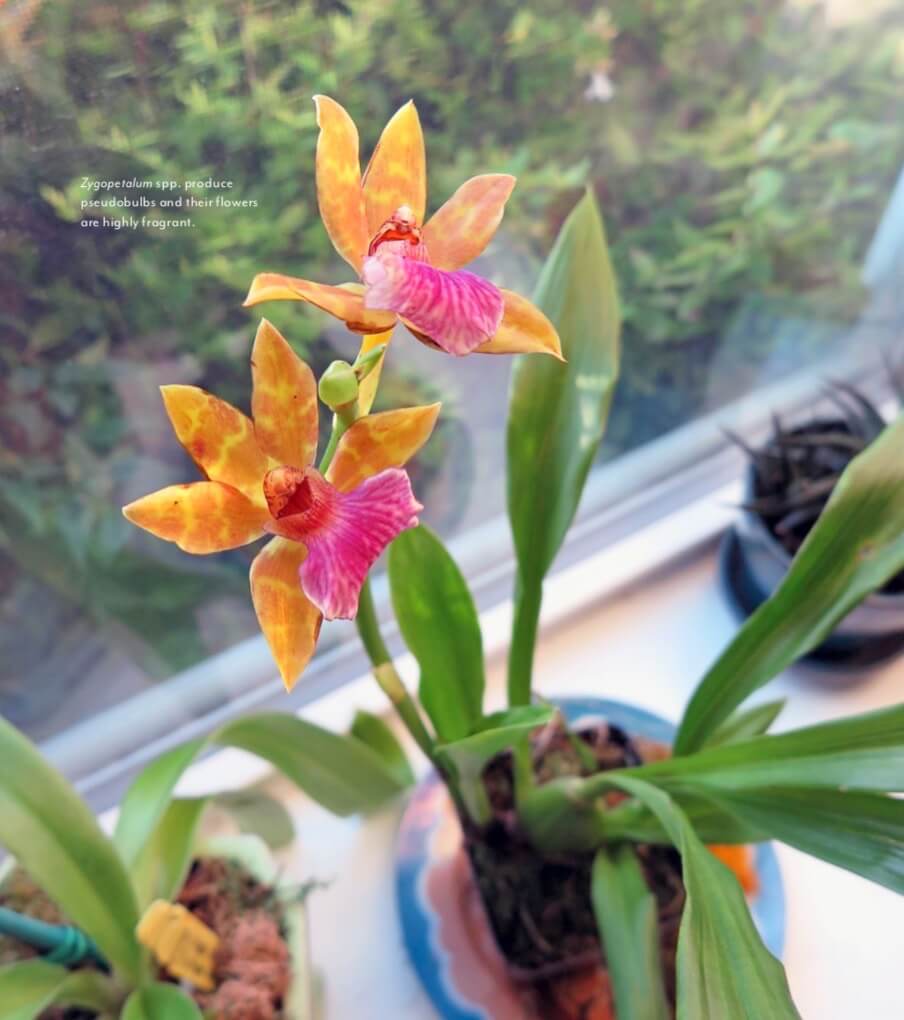
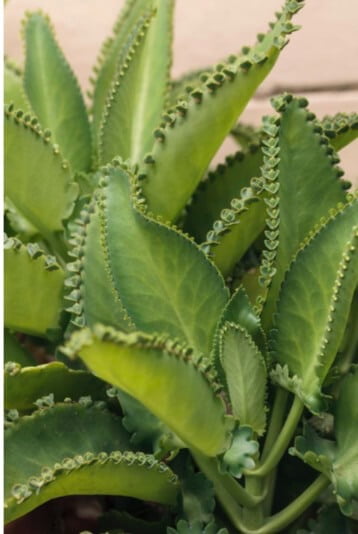
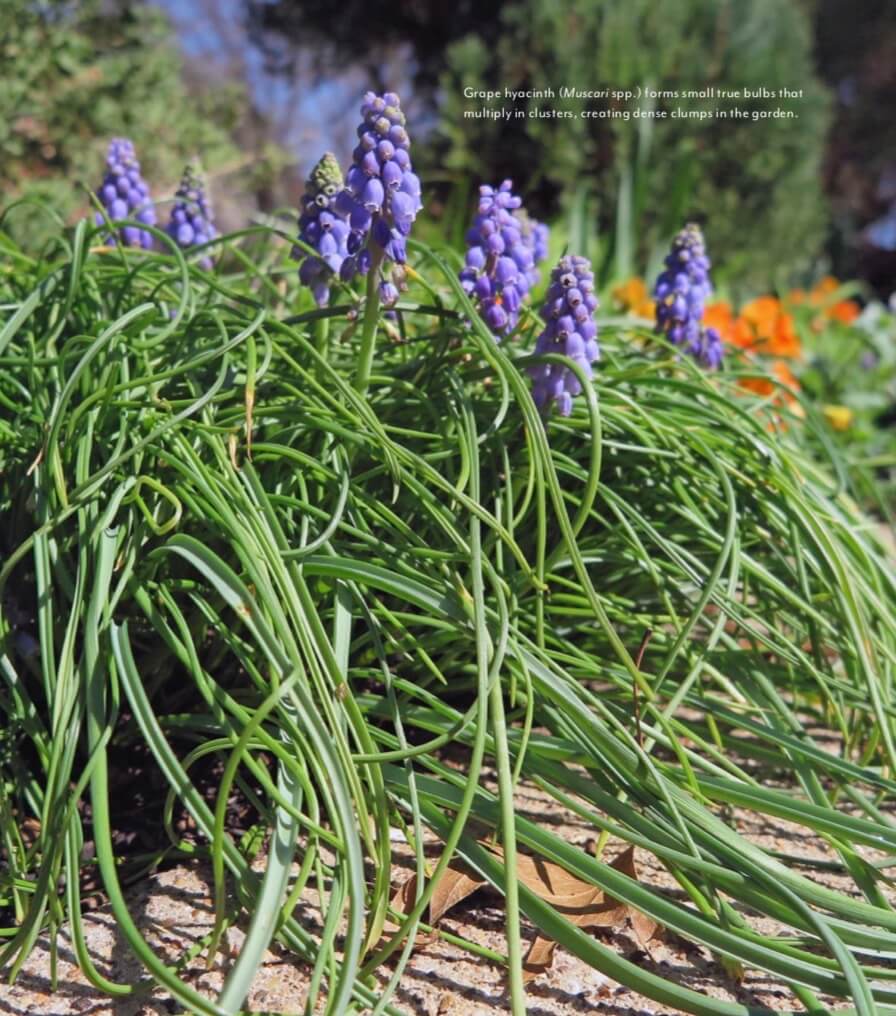
Tiếng Việt
Nhiều loài Lan (orchid) phổ biến không được nhân giống từ hạt hoặc giâm cành, mà là từ giả hành. Giả hành là một cấu trúc giống như vỏ quả phát triển ngay bên dưới lá, thường dọc theo một thân mọc ngang có thể nằm dưới chất trồng. Bạn sẽ tìm thấy các giả hành trên các loài Lan thuộc loại giao hưởng. Vỏ nhỏ chứa chất dinh dưỡng và nước, giống như củ ngầm, hoạt động như một nguồn dự phòng cho cây chính khi nó bị căng thẳng, nhưng mỗi giả hành đều có khả năng trở thành một cây mới. Khi cây chính lấy chất dinh dưỡng từ giả hành, nó sẽ rụng lá và bắt đầu teo lại. Các loài Lan phổ biến tạo ra giả hành bao gồm Lan Cattleya, Lan Kiếm (cymbidium), Lan Vũ Nữ (oncidium), Lan Hoàng Thảo (dendrobium) và Lan epidendrum.
Bạn có thể cắt giả hành từ cây mẹ sao cho có một phần thân gắn với giả hành, nhúng vào chất kích thích tạo rễ, và trồng trong chậu, tương tự như cách tách nhánh và trồng trong chậu. Tốt nhất nên giâm giả hành vào mùa xuân, khi cây đang phát triển mạnh nhất.
Hành con, còn được gọi là củ trên không, là một loại cây con vô tính khác phát triển trên một số loại cây nhất định. Chúng trông giống như những củ nhỏ và mọc ở gốc thân cây, trong nách lá của cây, và trên ngọn thân cây có hoa, chúng luôn ở trên mặt đất. Những cấu trúc nhỏ bé này có thể phát triển thành một bản sao hoàn toàn mới của cây mẹ. Quá trình hành con phát triển giống như gieo một hạt giống rồi sau đó đem giâm! Hành con rất dễ nhân giống khi trưởng thành.
Hành con thường có ở các họ thực vật thuộc họ Hành Tây (onion) và hoa Loa Kèn (lily). Cây Tỏi (garlic) và Hành Tây Ai Cập cũng tạo ra hành con trên thân cây có hoa. Một số loài hoa Loa Kèn tạo ra các hành con dọc theo thân, thường có màu tím sẫm. Một số loài cây Thùa (thuộc họ hoa Huệ) cũng tạo ra cuống hoa có nhiều hành con. Để nhân giống từ hành con, bạn chỉ cần đặt nó trong môi trường tạo rễ giống như bạn làm với hạt giống hoặc củ.
Chừng nào hành con còn bám vào cây mẹ, nó sẽ tiếp tục phát triển và lớn hơn. Cuối cùng, hầu hết các hành con đè nặng xuống thân hoặc cuống hoa và tiếp xúc với đất nơi chúng sẽ mọc rễ, hoặc chúng tách ra và rơi ra khỏi cây, ra rễ ở vị trí chúng tiếp xúc với đất. Ở giai đoạn tăng trưởng này, hành con thường được gọi là chồi.
PHÔI LÁ (FOLIAR EMBRYOS)
Lá của một số cây, chẳng hạn như những cây thuộc chi mọng nước Bryophyllum (thường được gọi là cây mẹ của hàng nghìn cây), chẳng hạn như cây lá Bỏng (Kalanchoe), sẽ phát triển thành những cây nhỏ gắn dọc theo mép lá (mép của phiến lá). Cây Dương Xỉ (Hen and chick fern) cũng tạo ra các cây con dọc theo lá của chúng. Những cây con này hình thành từ các phôi lá nằm ở rìa lá. Đôi khi phôi lá còn được gọi là hành con.
Khi lá lớn lên, phôi lá cũng vậy, cho đến khi nó phát triển một hoặc hai lá với một thân và một rễ nhỏ. Sau đó, nó ngừng phát triển và chờ đợi. Những cây con này sẽ không phát triển thêm cho đến khi chúng tiếp xúc với đất hoặc nước, bằng cách rơi xuống đất từ lá chính hoặc bị gãy và rụng.
Sau khi tiếp xúc với một số dạng đất hoặc nước, cây con bắt đầu phát triển mô rễ mới và sau đó sẽ phát triển thành cây mới. Bạn có thể tách cây con khỏi lá cây mẹ và trồng nó vào một hỗn hợp bầu, hoặc nhẹ nhàng gỡ từng cây con ra và trồng trên chất trồng ẩm hoặc hỗn hợp bầu. Cây con sẽ nhanh chóng mọc rễ và bắt đầu phát triển.
Các cây khác, chẳng hạn như cây Piggyback (Tolmiea menziesii), tạo ra các cây con mới trên bề mặt lá. Bạn có thể cắt những lá có cây con và trồng vào giá thể tạo rễ sao cho phần cuống lá được vun trong đất.




